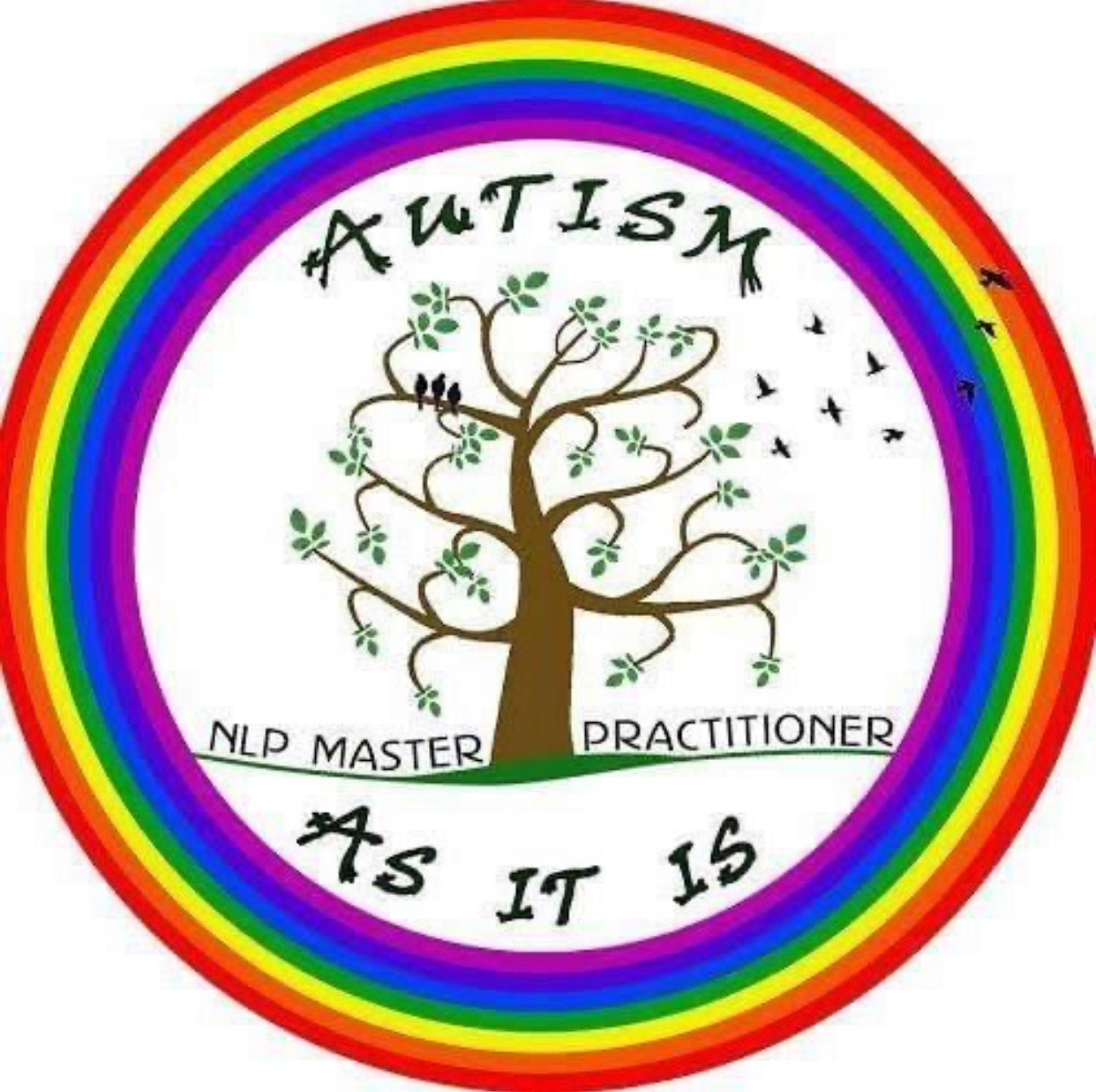Understanding Asperger’s and PDA: Two Unique Autism Profiles
Every individual on the autism spectrum is unique. However, some people may be described using specific terms like Asperger’s Syndrome or Pathological Demand Avoidance (PDA). These labels reflect particular patterns of strengths, challenges, and ways of interacting with the world—but it’s important to remember that they are simply different ways of being, not rigid profiles.
This page is for anyone trying to understand what these profiles mean, how they differ, where they overlap, and how best to support someone who relates to either—or both.
What is Asperger’s Syndrome?
Asperger’s Syndrome was once a formal diagnosis used to describe individuals on the autism spectrum who did not have significant delays in early speech or cognitive development. Although the term is no longer used as an official diagnosis in the UK (having been subsumed under the umbrella of Autism Spectrum Disorder or ASD), many people still identify with the label.
Common traits may include:
- A deep focus or special interest in particular topics
- Logical, literal thinking and strong attention to detail
- Sensory sensitivities (e.g. to noise, touch, light, internal sensations)
- Differences in social interaction or understanding social rules
- Honest and direct communication
Many people with an Asperger-type profile are highly intelligent, capable, and creative—and may need support with anxiety, social misunderstandings, or navigating change.
What is PDA – Pathological Demand Avoidance?
PDA is a profile of autism characterised by an extreme avoidance of everyday demands and expectations. This is not about being wilfully defiant—it is usually driven by overwhelming anxiety and a need to feel in control to feel safe.
Key features of PDA might include:
- Intense resistance to ordinary requests (even those they want to comply with)
- A need to control situations and people
- Using social strategies to avoid demands (e.g. distraction, excuses, negotiation)
- High levels of anxiety
- Sudden mood changes or ‘meltdowns’ when overwhelmed
- A rich imagination, often with role-play or fantasy
PDA is increasingly recognised as a valid and distinct profile of autism, but it may still be misunderstood or misdiagnosed.
Similarities and Differences
While both Asperger’s and PDA sit within the autism spectrum, their expression can be very different:
| Trait | Asperger’s Profile | PDA Profile |
|---|---|---|
| Communication | Honest, factual, may struggle with nuance | Often highly articulate, uses charm or humour to avoid |
| Social Understanding | May misunderstand social rules | May appear socially adept but uses it strategically |
| Flexibility | May prefer routines and predictability | May resist routine due to perceived demands |
| Anxiety | Often internalised | Often results in explosive behaviours |
| Response to Demand | May comply if logic is clear | Likely to resist even simple or indirect demands |
It’s not uncommon for someone to relate to both profiles, especially as demand avoidance can also appear in other types of autism.
Support That Makes a Difference
Whether someone identifies with Asperger’s, PDA, or another profile altogether, the most effective support is person-centred, respectful, and based on understanding.
At Coping With Autism AS IT IS, we:
- Take time to explore how a person experiences the world through their senses, emotions, and thoughts
- Support families to reduce anxiety and conflict in daily life
- Respect demand avoidance as communication, not defiance
- Offer flexible, creative approaches tailored to each individual
- Work with the whole family, not just the diagnosis
We don’t expect people to ‘fit in’ to a model—we build our support around who they are.
Final Thoughts
Asperger’s and PDA are just two of many ways autism can show up in a person’s life. Understanding the differences—and the shared humanity beneath them—can help create connection, empathy, and practical steps forward.
If you’d like help understanding how these profiles may relate to you or your loved one, please get in touch. We’re here to walk alongside you.
